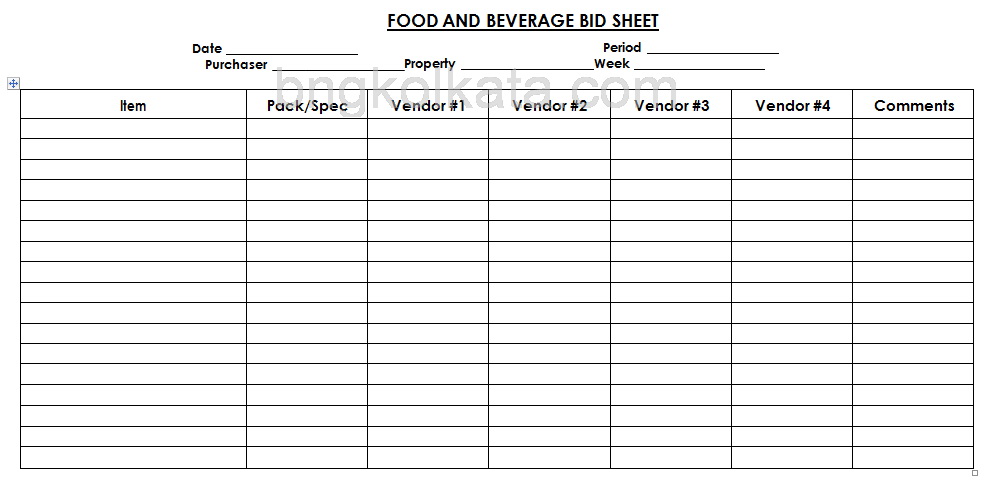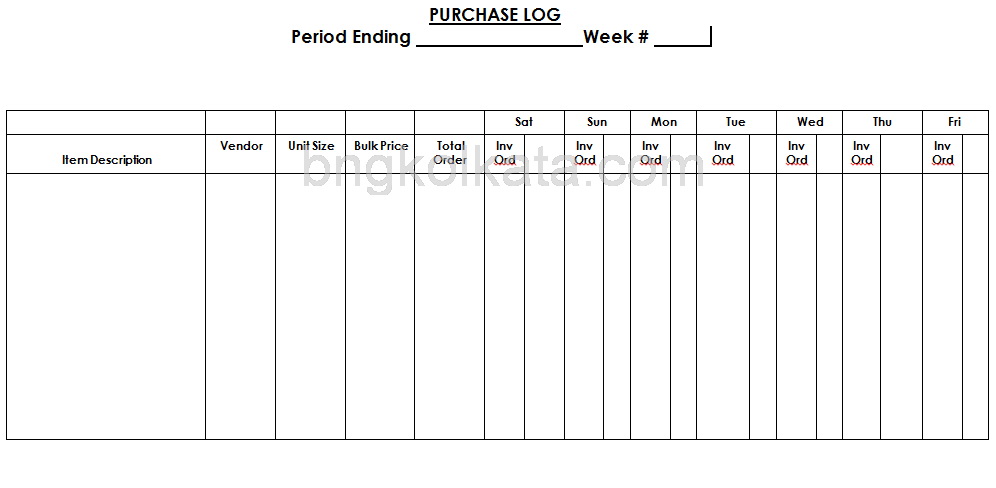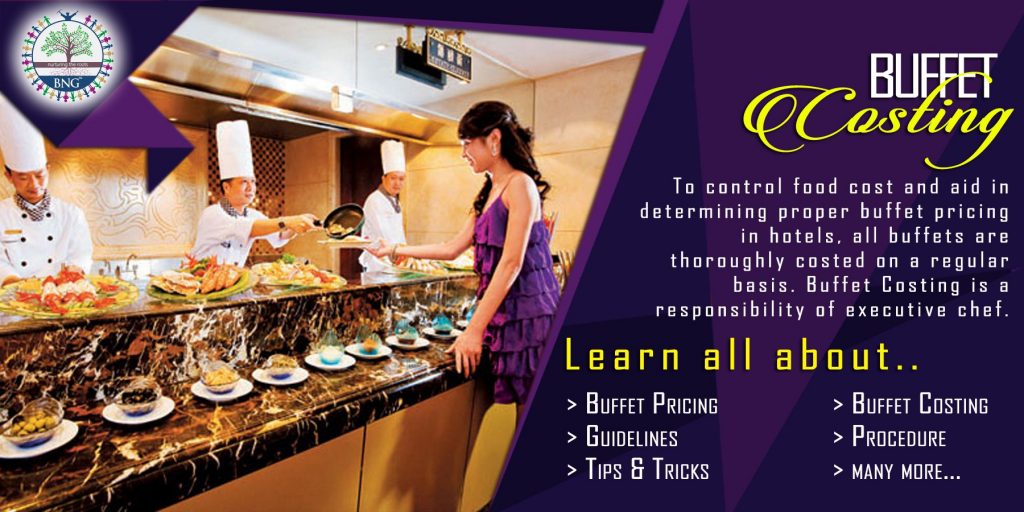Food Ordering Procedures for Food and Beverage Service Establishments
Hotels and Restaurants follow established food ordering procedures as outlined in there policy to ensure and secure the right combination of best price and specified quality while maintaining adequate and proper inventory levels. Also to establish effective ordering procedures with timely scheduling of goods for arrival with sufficient lead time to allow advance preparation, retain freshness and prevent needless re-handling.
Food Ordering Procedures [Step by Step]:
BID SYSTEM
1. Routine and comprehensive bids are essential to establish a fair and competitive business environment. This will also allow the hotel the opportunity to purchase the best suited product at the best price.
2. Purveyors: The Director of Food and Beverage, Executive Chef, and Food Purchaser are to review all possible purveyors to determine which will be asked to participate in the bid process. This decision should be based on the following criteria:
> Quality of product
> Consistency of product
> Product meets specifications
> Price
> Delivery schedule
> Availability of product
3. Bid Process: All approved product (available from more than one supplier) should be bid on a regular basis in accordance with the following minimum requirements:
Item Frequency # of Bids Required
Meat Weekly 3
Seafood Weekly 3
Poultry Weekly 3
Produce Weekly 3
Dry Goods Monthly 3
Dairy Monthly 2
Paper Supplies Monthly 3
In times of extreme market volatility and/or excessive demand for certain product, it may be necessary to require more frequent bidding and it is very important during Food Ordering Procedures .
> All approved purveyors must submit written bids by Monday morning for weekly bids and by the first of each month for monthly bids.
> The Food Purchaser is responsible for providing each vendor with a list of products for which we wish to entertain and accept bids.
> To expedite the bid process, each purveyor should also provide a list of all applicable product available, including prices.
> It is recommended that the Purchaser routinely seek out new suppliers for competitive pricing to evaluate the pricing of current approved purveyors.
> Upon receipt of these written bids, they must be recorded in the MIS system (or on the approved Trust Bid Sheet for Non-Marriott Properties). See Exhibit 1 “Food and Beverage Bid Sheet”. These bids must be evaluated and a determination made as to which purveyor will supply each product based on price and quality. This decision should be made by the Food Purchaser and the Executive Chef.
> Non-Competitive Items: This is a classification of product that can be purchased from only one source. Therefore, the bid process will not apply to these products. Every effort must be made to determine that the product is in fact available from only one vendor.
> Inspection of bids: The Director of Food and Beverage must review all bids at least once per period.
ORDERING
Accurate detailed inventories and orders are critical to management planning. They must be recorded in an approved format so the valuable time isn’t lost in retracing steps and in the duplication of effort. Again, consistency and accountability are the key controls.
MIS PROGRAM for Food Ordering Procedures
All food purchases are to be recorded on the Management Information System Purchase Log. Detailed instructions for the use of the MIS Purchase Logs are included in the MIS Procedure Manual, but these specific requirements are to be met and regularly audited by management:
1. MIS Purchase Logs should be completed for all food purchases made in each operation.
2. Food items are to be stored in the same sequence as the items appear on the Purchase Log with shelf labels that bear the same description as the Purchase Log.
3. Purchases should be entered by the same unit as purchased. Also enter the current price paid, the purveyor purchased from and par stock changes on this log form.
4. Enter daily inventory in categories where applicable, i.e., produce, meats, seafood, etc.
5. Hand enter items where unit descriptions don’t agree with printed
descriptions, supplying price, purveyor and complete description.
6. Invoice numbers are to be logged at the top of the page for corresponding purchases.
7. Delete items from your purchase log that aren’t currently being purchased.
8. Revise par stocks as necessary.
PLANNING ORDERS
Usually one day per week is set aside to plan the following week’s food needs (estimates) and orders/delivery schedules. Sundays are often the best time to take a thorough refrigerated and dry goods inventory, accumulate and organize BEO’s, establish basic menu estimates, etc. Food is generally inventoried one day and ordered for the next day or following day, allowing one extra day for banquet needs.
When planning and calling orders, every effort should be made to avoid emergency situations, not only for the benefit of the Hotel, but for the benefit of our purveyors as well. It is costly for them to do business and we are obligated to honor their business procedures by not making unreasonable demands for frequent deliveries and/or other additional services.
FOOD AND BEVERAGE BID SHEET

PURCHASE LOG





